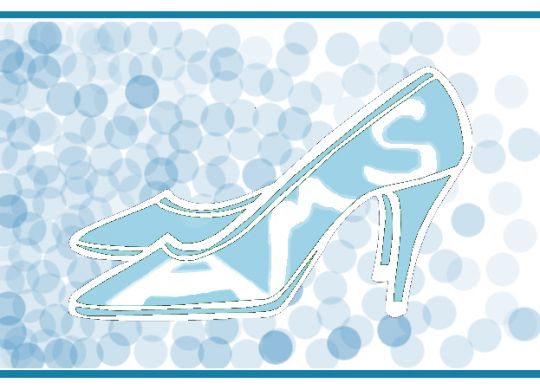 “So what do I need to do in the CRM?”
“So what do I need to do in the CRM?”
The question caught me off guard. I was responsible for training new staff on the CRM, but I didn’t write anyone’s job description. How was I supposed to know what they needed to do in the CRM.
“I guess whatever your manager says you need to do.” I responded.
“Yeah, I asked them and they said you would know.” They answered.
I realized in that moment the challenge – managers know high level what they wanted to accomplish, but none of the managers were experts in technology. Most had a background in education, and little experience with a CRM. I realized that in order to be successful, being the system expert wasn’t enough – I needed to be the system owner who could connect the technology with the work of the association.
While the difference between expert and owner may seem small, for associations having that designation difference is important. Here are five things that make up a system owner.
Owners can make decisions
Having a person who knows the tool is good, but too often an expert can only lead staff to water, she cannot tell staff how much water to drink. Owners get to set the standards around the use of tools at an organization. They need to play both business analysts as well as technical expert. That way staff can come to the owner with a problem and trust the owner to identify a solution.
Owners don’t need a technical background
For many tools today the technical training required to be an owner doesn’t necessarily require a computer science degree or experience as a developer. In most organizations, there likely already exists an informal owner for many of the tools. Designating an owner can be just about formalizing a role someone has already been playing. Often her expertise has been earned through hard work with the tool, and can likely serve your association just as well as bringing in a technical expert who doesn’t know your organization.
Owners create all tool documentation
Most associations lack documentation of how their organization leverages a tool. Many instead rely on generic documentation for the tool, which lacks an explanation of why the association leverages the tool the way it does. With an expert helping a department within the association, responsibility for documentation is unclear between the two parties. By designating an owner, responsibility becomes clear. Maybe that’s why they often call it an “Owner’s Manual”.
Owners ensure best practices are followed
Since the owner has created documentation, they can be expected to monitor system use to ensure staff are following best practices. An expert might point out that, “Hey, that’s not really the best way to create new records,” but an owner can take it a step further and say, “And this is how you should enter records.” That empowerment enables the owner to foster best practices as well as correct bad habits when they are identified.
Owners shouldn’t do everything
While staff should rely on the tool owner to support their needs, a good owner is also a good shepherd of the system. She will empower staff to take initiative and be able to perform basic tasks on their own. Ideally, the owner will also foster a power users group that can grow the use of the tool internally. The power users would ideally comprise of staff from every department within the organization, that way each department will have someone who can do the necessary functions needed within that department. This both ensures the owner does not become a bottleneck within the organization, while still supporting all areas of the organization.
Conclusion
Associations invest so much capital into new technology – now they need to invest equal amounts of capital into ensuring the long term success of that technology. By clearly identifying an individual to own a tool, she will feel a sense of empowerment to step up in challenging situations, or to speak up when an opportunity to better leverage a tool is being overlooked. This also requires leadership to be comfortable with giving up authority – but given the ever evolving nature of technology, giving up a piece of control in exchange for greater performance is probably the only way organizations can remain agile.









